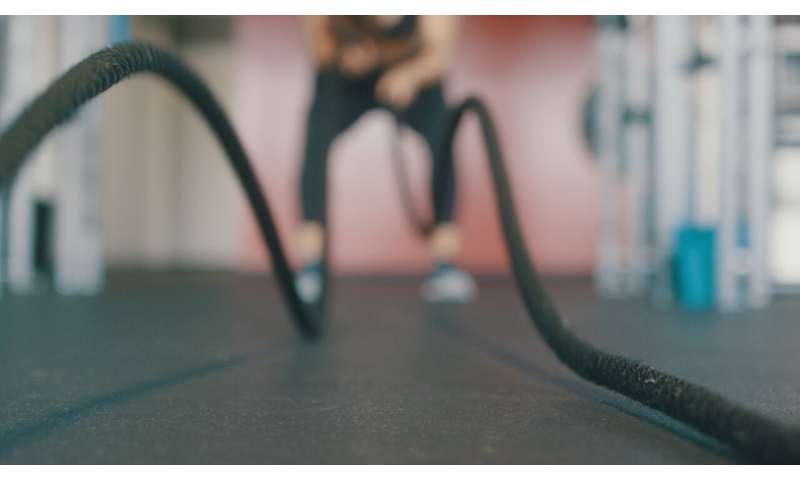HIIT combining rowing and cycling improves insulin sensitivity in obesity and type 2 diabetes


New research presented at this year’s annual meeting of the European Association for the Study of Diabetes (EASD) shows that high-intensity interval training (HIIT) combining cycling and rowing markedly improves insulin sensitivity, body composition and cardiorespiratory fitness in cases of obesity and type 2 diabetes (T2D). The study is by Dr. Maria Petersen and colleagues at Steno Diabetes Centre Odense, Odense University Hospital, Odense, Denmark.
Physical activity is a cornerstone in the treatment and prevention of T2D, however typical aerobic endurance exercise training such as jogging has been found to provide only a modest (10-20%) improvement in insulin sensitivity. Recent studies suggest that HIIT consisting of short bursts of intense anaerobic exercise with less strenuous recovery periods in between may be a more effective strategy, and that the beneficial effects can be enhanced further through the involvement of more muscle groups.
Dr. Petersen and her team recruited a total of 48 men for the study. They included 15 men with type 2 diabetes who were also obese (average BMI 31kg/m2), together with two age-matched groups of healthy glucose-tolerant men for comparison. The non-diabetic participants consisted of 15 with obesity (average BMI 31kg/m2) and 18 who were lean (average BMI 24kg/m2).
Participants undertook an 8-week supervised HIIT programme of 3 training sessions per week, which combined periods of cycling and rowing. The effects of the training on participants’ bodies was evaluated through a combination of Dual-energy X-ray absorptiometry (DXA) scans to determine body composition, VO2 max tests to measure oxygen utilisation, and euglycemic-hyperinsulinemic clamps combined with indirect calorimetry to evaluate insulin sensitivity and metabolism, respectively. HIIT-sessions consisted of blocks of 5 x 1 min bursts of exercise interspersed with 1 min rest, shifting between blocks on cycle and rowing ergometers, and with an increasing volume from two to five blocks during the 8 weeks.
At the beginning of the study, men with T2D had 35-37% lower insulin sensitivity and around a 13% lower insulin-mediated suppression of lipid oxidation (lower suppression is an additional indicator of poor insulin sensitivity) compared with the non-diabetic subjects. After undergoing 8 weeks of HIIT, all participants showed big improvements in insulin sensitivity. Average increases of 32-37% were observed in lean men and men with obesity, while the increase among the diabetic group averaged 44%.
Blood sugar levels also improved in those participants with T2D, resulting in both lowered fasting plasma glucose and a fall in glycated haemoglobin (a measure of blood sugar control) (HbA1c).
The authors also found that body fat mass reduced by 1.6-2.3kg in all 3 groups, while fat-free mass (used as a proxy for muscle mass) increased by 0.9-1.5kg in men with obesity, both with and without T2D. In addition, it was observed that VO2max increased by 10% in lean and obese healthy men, and 15% in the T2D group.
Source: Read Full Article